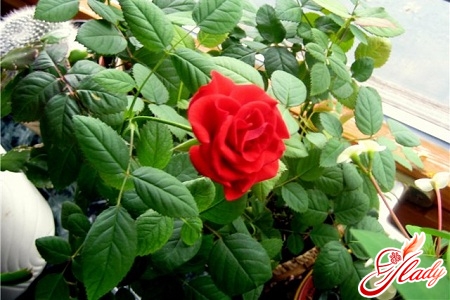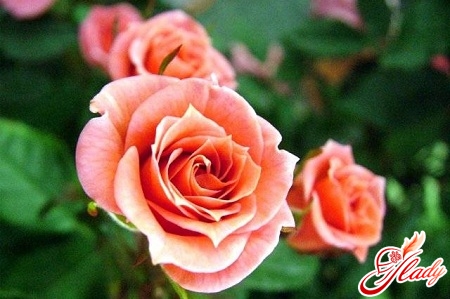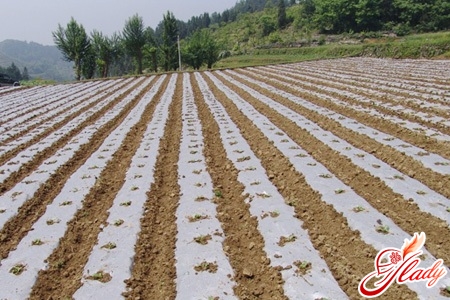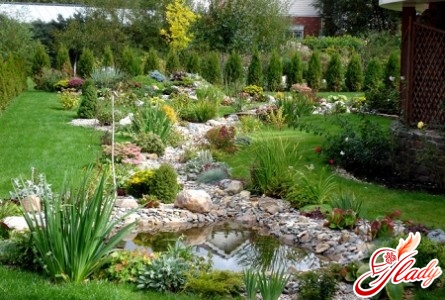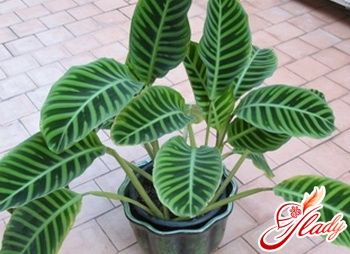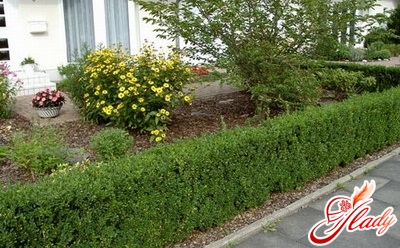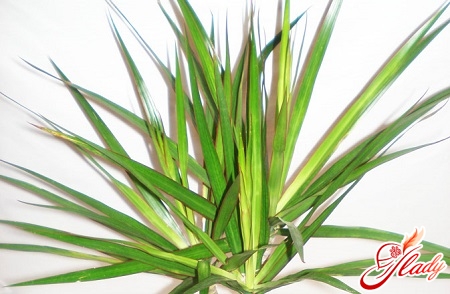
One of the problems in growing dracaenais that it grows quite high and rests against the ceiling. Dracaena is a very beautiful plant, similar to a palm tree, but due to lack of light, its shoots become thin, long and stop holding upright. And when the branches of this plant fall apart to the sides and leaves fall from the lower part of the trunk, making it bare, the dracaena loses its appearance and becomes less attractive. In this case, it is worth thinking about how to rejuvenate it by propagating the plant. At home, dracaenas of such varieties as fragrant and bordered are quite easy to propagate. It is best to propagate dracaena in the spring, in March and April, at this time the growth processes are activated. If you propagate the plant at other times of the year, the rooting process will take much longer. Basically, dracaena is propagated in such a way as cuttings. For cuttings, you can use both the stem without leaves and the upper part of the plant with leaves.
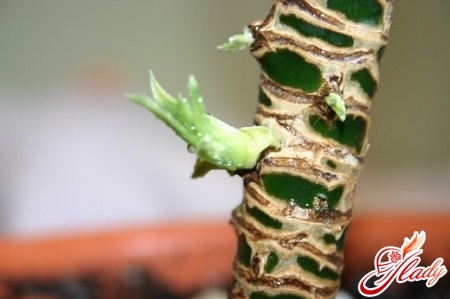
Reproduction by apical cuttings
This method of breeding dracaena is also called"propagation by the top". The upper part of the stem with leaves, approximately 10-15 cm long, is cut off with a sharp knife or pruning shears. The angle at which the cut is made is not very important. It can be made diagonally or evenly. It is very important not to crush the stem during cutting, the cut should be smooth, and the bark should not be touched by the knife. If the cut is jagged and cracks appear on the stem, such a cutting will not root, but will simply rot. After it is cut, it can be rooted immediately or kept in the air for a couple of hours, but only at room temperature. The apical stems should be rooted in water or in soil intended for palms and cacti, in hydrogel, as well as inert materials such as sand, vermiculite and perlite. Before rooting in water, a whole tablet of activated carbon should be added to it. This will help the water not to spoil too quickly. You can also add any preparation to the water that promotes rooting of plants at home. You need to ensure that the water is always at room temperature and change it every three to four days. Growing fragrant or bordered dracaena is not an easy task. The cutting can rot in any substrate. Most often, rotting occurs in soil. This is facilitated by microorganisms that are present in the soil, destroy the tissues of the cutting and feed on the organic component of this soil. If the soil in which the dracaena cutting is rooted is constantly wet, rotting will begin immediately. In overdried soil, recently formed young roots will dry out. It is best to root cuttings in a small greenhouse, under plastic, glass or a transparent bag. The air and soil temperature during rooting should be plus 20-22 degrees. Leaves should be sprayed with settled water at room temperature 4-5 times a day. It is also important for rooting cuttings in the morning and evening to remove the cover for fifteen minutes for ventilation, this will remove excess moisture.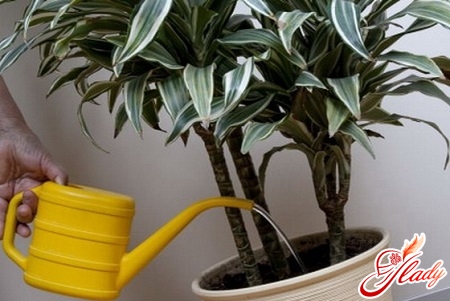
Propagation of the dracaena with stem cauliflower
For propagation of dracaena by stem cuttings inAt home, you need to choose a non-sluggish, elastic stem of normal color and cut it into cuttings 5-20 cm long. They need to be cut with a sharp knife along the leaf scars. Rooting is best done in sand, soil or sphagnum moss. Stem cuttings root well in the same conditions as apical cuttings, only at a temperature of 20-24 degrees. Most often, cuttings root within six weeks, and approximately in the ninth, new, young shoots appear. In case of unsuitable conditions, the cuttings die or root, but rooting takes much longer. Dracaena is propagated by rooting stem cuttings in two ways, horizontal and vertical. When rooting vertically, the lower part of the cutting should be immersed in a moist substrate to a depth of 3 cm. If rooting occurs in the soil, a 5 cm layer of sand should be placed on its surface. This is necessary in order not to damage the young roots with a quick transplant. The cutting will first take root in the sand, and then its roots will descend into fertile soil. When rooting horizontally, dracaena cuttings are placed on the surface of the substrate and slightly pressed inward.




